Volvo 240 Series (1976-1993) Automotive Repair Manual
Volvo 240 Series Petrol 1976 - 1993 Haynes Owners Service and Repair Manual NEWNEW Softcover Get other Volvo repair manuals here
|
The Volvo 200 series is a range of large family cars (mid-size cars in the USA), produced by Volvo from 1974 to 1993, with more than 2.8 million units sold worldwide.The 200 series was essentially an updated version of the 140; both were designed by Jan Wilsgaard. It shared the same body, but included a number of mechanical improvements. The 200 replaced the 140 and the 140-based 164, and overlapped production of the Volvo 700 series introduced in 1982. As the 240 remained popular, only the 260 was displaced by the 700 series — which Volvo marketed alongside the 240 for another decade. The 700 series was replaced a year before the 240 was discontinued. At the time, Volvo guaranteed their cars would last for 19.3 years. The Volvo 240 was Volvo's best-selling car from 1975 until 1982. During those years in European markets, its companion was initially the smaller Volvo 66, then its replacement, the 300 series.
The Volvo 240 and 260 Series was introduced in the autumn of 1974, and was initially available as six variations of the 240 Series (242L, 242DL, 244DL, 244GL, 245L and 245DL) and two variations of the 260 Series (264DL and 264GL). The 240 Series was available in Coupe, Sedan or Station Wagon, however the 260 Series was only available in Sedan or Station Wagon. The 200 looked much like the earlier 140 and 164 Series, for they shared the same body shell and were largely the same from the cowl rearward. However, the 200 incorporated many of the features and design elements tried in the Volvo VESC ESV in 1972, which was a prototype experiment in car safety. The overall safety of the driver and passengers in the event of a crash was greatly improved with very large front and rear end crumple zones. The 200 Series had MacPherson strut type front suspension, which increased room around the engine bay, while the rear suspension was a modified version of that fitted to the 140 Series. The steering was greatly improved with the installation of rack-and-pinion steering, with power steering fitted as standard to the 244GL, 264DL and 264GL, and there were some modifications made to the braking system (in particular the master cylinder. The main changes were made to the engine. The 1974 240 series retained the B20A 4-cylinder engine from the 140 Series in certain markets, with the new B21A engine available as an option on the 240 DL models. The new B21 engine was a 2127cc, 4-cylinder unit, which had a cast iron block, a five-bearing crankshaft, and a belt-driven overhead camshaft. This engine produced 97 bhp (72 kW) for the B21A carburettor 242DL, 244DL and 245DL, and 123 bhp (92 kW) for the B21E fuel-injected 244GL. All 240s were fuel injected in the US market; the carbureted B20 and B21 engines were not available due to emissions regulations. The 264 models had a completely new V6 B27E engine called the Douvrin engine. This engine was developed jointly by Peugeot, Renault and Volvo, and is therefore generally known as the "PRV engine". The B27E engine had a displacement of 2664 cc, an aluminium alloy block, and wet cylinder liners. This engine produced 140 bhp (100 kW) for both the 264DL and 264GL. All models were available with a choice of 4-speed manual or 3-speed automatic transmission. Overdrive was also optional on the manual 244GL, while a 5-speed manual gearbox was optional on the 264GL and 265GL.
The front end of the car was also completely restyled – that being the most obvious change of which made the 200 Series distinguishable from the earlier 140 and 160 Series. Other than all the changes mentioned above, the 200 Series was almost identical to the 140 and 160 Series from the bulkhead to the very rear end. The dashboard was derived from the safety fascia introduced for the 1972 140-series - but was changed again in 1980 with the instrument pod made considerably larger and the radio repositioned near the top of the dashboard. In the autumn of 1975 (for the 1976 model year in America), the 265 DL estate became available alongside the existing range, and this was the first production Volvo estate to be powered by a six-cylinder engine. Around this time, the existing 200 Series underwent some technical changes. The B20A engine was dropped from certain markets, though it remained available in other markets until 1977. Its replacement, the B21A engine, received a new camshaft which increased the output from 93 to 100 bhp (75 kW). The two-door 262 DL and GL sedans, the 264DL saloon (sedan) and the new 265DL estate (station wagon) were offered outside North America with the new V6 B27A engine. This engine was almost identical to the fuel-injected V6 B27E engine except it had an SU carburettor instead of fuel injection, and therefore it produced a lower output of 125 bhp (93 kW). The choice of gearbox was also greatly improved, with overdrive now available as an option in all manual models except the base-model 242L and 245L. As before, the 3-speed automatic was optional in every model.
The first models to reach the US market were 1975 models equipped with the old pushrod B20F engine, with the new OHC B21F motor making its way to America for the 1976 model year. A fuel-injected variant of the V6, the B27F, was introduced to the US in the 1976 260 series. The US and Canadian 200-series ranges were not identical; the B21A carbureted engine was never available in the US, but was the base engine in Canada from 1977 through 1984. 1975-76 Canadian models were identical to their US counterparts. Beginning in 1985, Canadian models received the US model engines, usually in 49-state form, except for the Turbo, which only had California emission controls. Incremental improvements were made almost every year of the production run. One of the major improvements was the introduction of the oxygen sensor in 1976 (1977 models), which Volvo called Lambda Sond and developed in conjunction with Bosch. It added a feedback loop to the K-Jetronic fuel injection system already in use, which allowed fine-tuning of the air and fuel mixture and therefore produced superior emissions, drivability and fuel economy. About one-third of all 240s sold were station wagons, which featured very large cargo space of 41 cubic feet (1.2 m3). They could be outfitted with a rear-facing foldable jumpseat in the passenger area, making the wagon a seven-passenger vehicle. The jumpseat came with three-point seat belts, and wagons were designed to have a reinforced floor section, protecting the occupants of the jumpseat in the event of a rear-end collision. Both the 200 series and the 700 series became a Status symbol worldwide.

 0 Items (Empty)
0 Items (Empty)


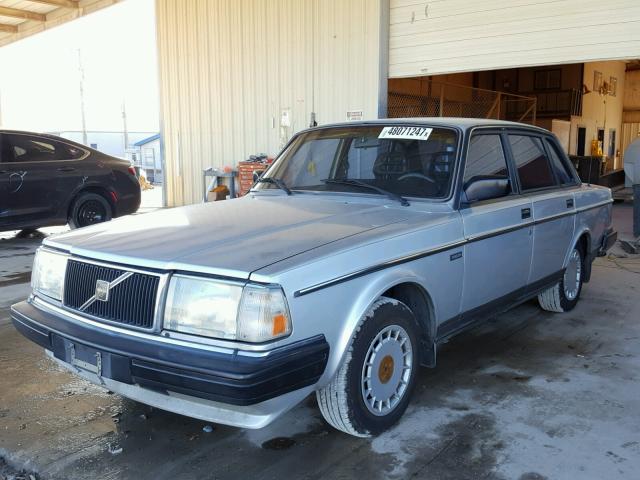
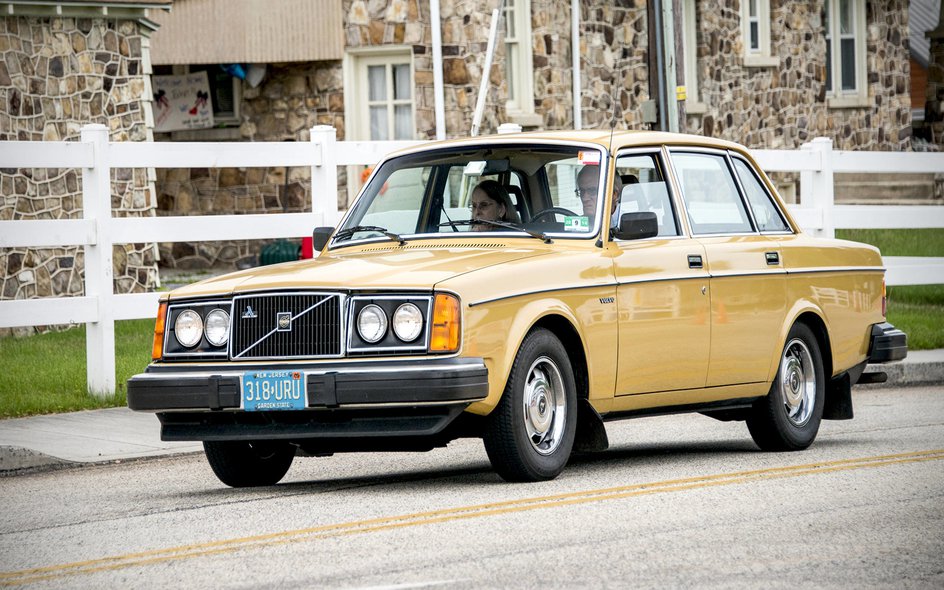
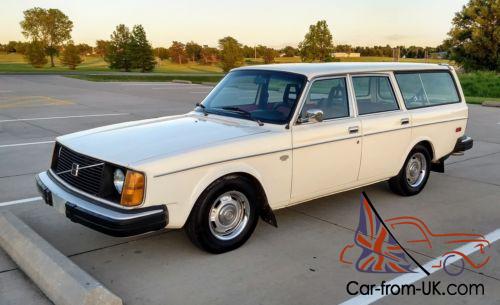
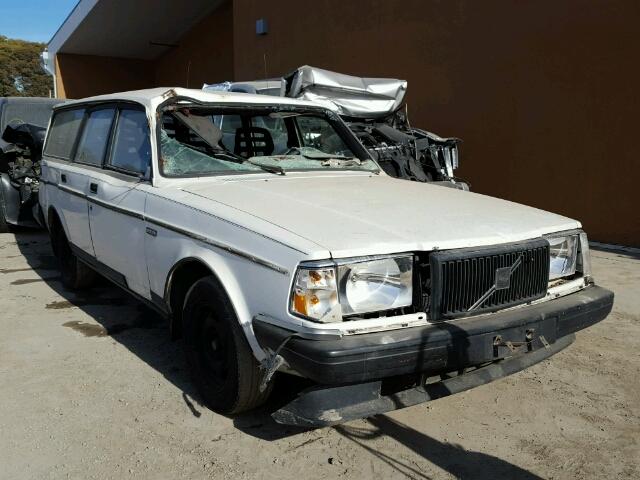
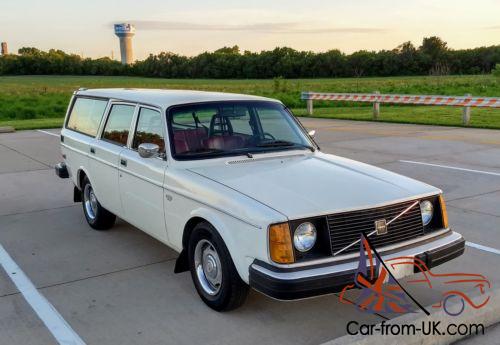 >
>